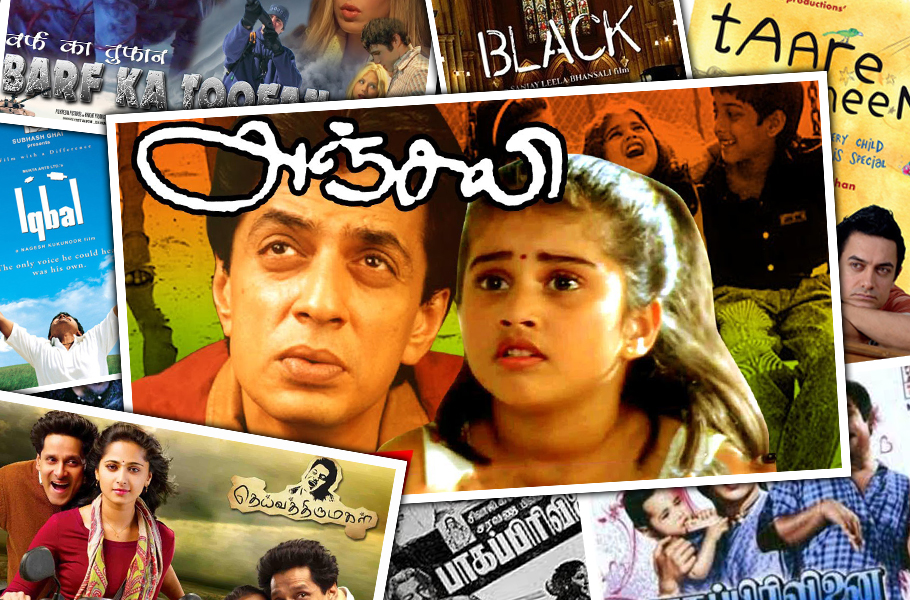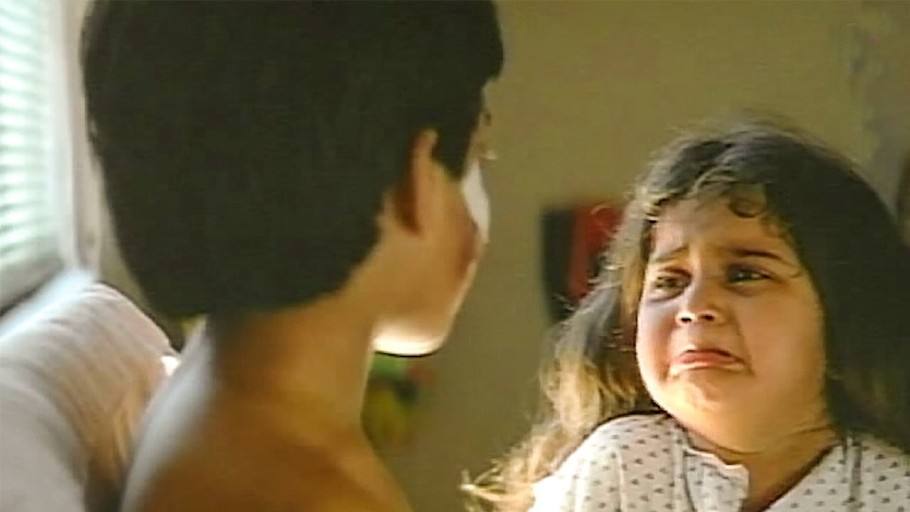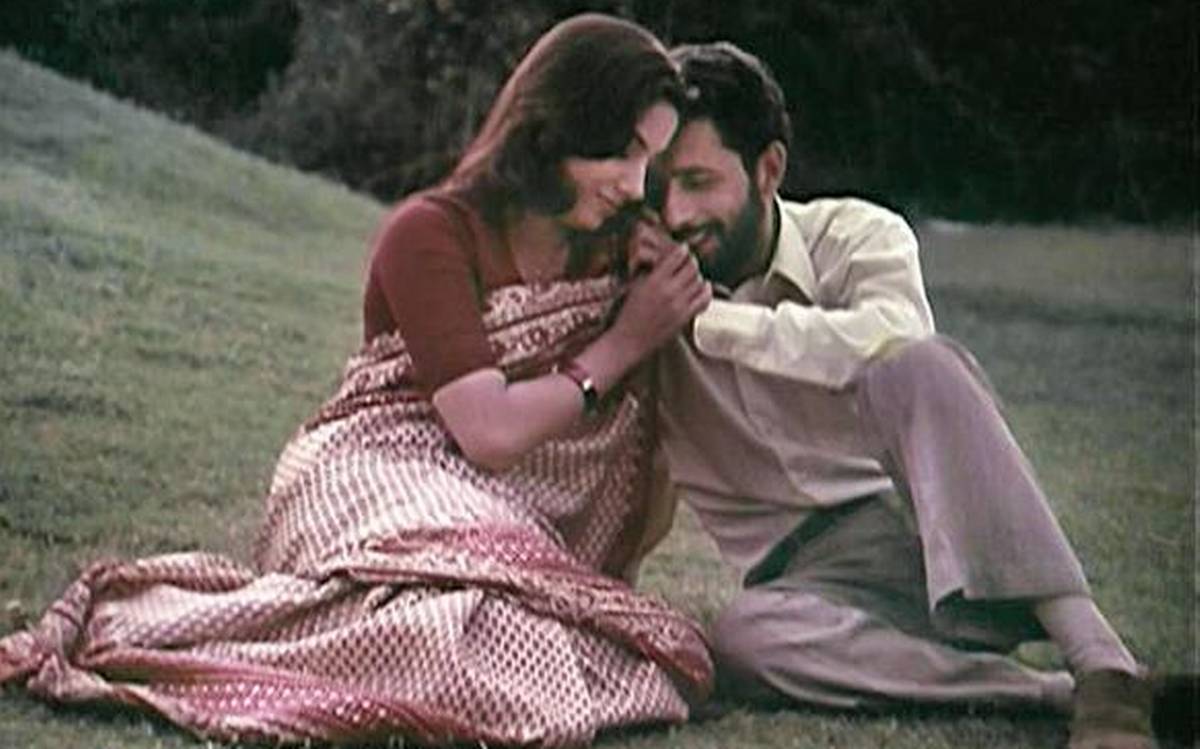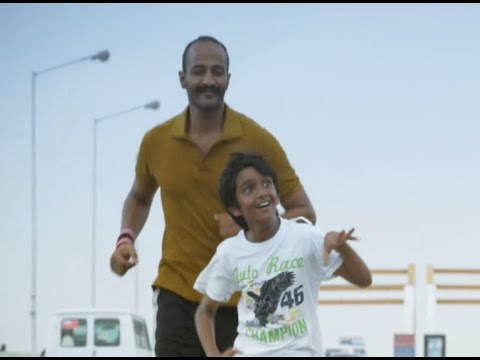
- Home
- India
- World
- Premium
- THE FEDERAL SPECIAL
- Analysis
- States
- Perspective
- Videos
- Sports
- Education
- Entertainment
- Elections
- Features
- Health
- Business
- Series
- In memoriam: Sheikh Mujibur Rahman
- Bishnoi's Men
- NEET TANGLE
- Economy Series
- Earth Day
- Kashmir’s Frozen Turbulence
- India@75
- The legend of Ramjanmabhoomi
- Liberalisation@30
- How to tame a dragon
- Celebrating biodiversity
- Farm Matters
- 50 days of solitude
- Bringing Migrants Home
- Budget 2020
- Jharkhand Votes
- The Federal Investigates
- The Federal Impact
- Vanishing Sand
- Gandhi @ 150
- Andhra Today
- Field report
- Operation Gulmarg
- Pandemic @1 Mn in India
- The Federal Year-End
- The Zero Year
- Science
- Brand studio
- Newsletter
- Elections 2024
- Events
- Home
- IndiaIndia
- World
- Analysis
- StatesStates
- PerspectivePerspective
- VideosVideos
- Sports
- Education
- Entertainment
- ElectionsElections
- Features
- Health
- BusinessBusiness
- Premium
- Loading...
Premium - Events

Disability: 30 yrs after Anjali, Indian cinema is as cold and indifferent as ever
Anjali (1990) is a celebrated Tamil film made by the ace director Mani Ratnam that still continues to evoke a special attachment in many even now.

A happy family of four — father, mother, brother, sister — has moved into an apartment society that is strict about rules and where the elders are always at odds with a group of mischievous trouble-making children, who are otherwise out on their Famous Five or Secret Seven-like adventures discovering well-hidden secrets of the gated community. In comes a mentally challenged two-year-old...
A happy family of four — father, mother, brother, sister — has moved into an apartment society that is strict about rules and where the elders are always at odds with a group of mischievous trouble-making children, who are otherwise out on their Famous Five or Secret Seven-like adventures discovering well-hidden secrets of the gated community.
In comes a mentally challenged two-year-old girl, the third child of the family, disrupting the whole ecosystem. Brought by the endearing father, who had hidden the child since her birth, even from the mother, the child is clearly not normal and finds it difficult to find acceptance, as feared by the father. She shivers when touched by her mother who longs for her love, but is happy to slap her back, and is a merry bundle when a police officer is thrown off a high-rise and killed by a gangster. She doesn’t mind being ridiculed by other children of the society, and goes on to strike a special bond with a murderer who has just been back from jail and is avoided by all others.
Given her condition, nobody likes her. Her siblings find it difficult to accept her initially. But when they slowly come to terms with her, the society wants her out, saying the mentally challenged have a special place to be in. She is not the kind you would have in your surroundings — at least not 30 years back.
But then everything changes and the outcast becomes the centre of attention for all.
Anjali (1990) is a celebrated Tamil film made by the ace director Mani Ratnam that still continues to evoke a special attachment in many even now.
Set in the Madras of early 90s, when gated communities were sprouting in cities, the film was brought to life by the chubby Baby Shamili, the protagonist, supported by Raghuvaran (father), Revathi (mother), Tarun and Shruti (siblings), and a host of other actors. Music maestro Ilayaraja’s peppy numbers and cinematographer Madhu Ambat’s hazily-lit photography added to the honest and realistic portrayal of our society.
Having made his mark with Mouna Ragam, a musical drama about a newly-wed couple in conflict, Nayakan, an adaptation of Godfather set in Mumbai, and Agni Natchathiram, about two warring step-brothers, Mani Ratnam only pushed the boundaries with Anjali, especially with his handling of so many children. He was specially lauded for broaching a serious subject with all sensitivity and endearment.
Filmmaker Vishnuvardhan, who starred as a child artiste in the film, says that in hindsight, he sees Anjali as a bold movie. “It was made at a time when commercial cinema was its peak. He (Mani Ratnam) was extremely bold in his approach and was upfront with his message,” he notes.
He recounts that during shooting, it was all fun and enjoyment. “But the intensity of it hit me much later, when I saw the movie in my late teens. The emotional impact that is his strong point powers the film all through.”
Opened vistas of hope
For parents with disabled children and those dealing with them, the film opened a new window of hope.

“My father learnt a lot about accepting a child with special needs when he watched it first, soon after I was born,” says K Kumaran, a 30-year-old psychologist, who was born with cerebral palsy (CP), around the time when the movie was released.
“In the movie, when she becomes the cynosure of everyone’s eye in the apartment complex, she is seen dancing with other children circling her. That scene depicts the acceptance of Anjali by one and all. I was home-schooled and later went on to do a PhD, but I felt included and accepted only when I was 25 years, after I began mingling with people. At that time, I felt like Anjali in that particular scene,” Kumaran says.
Anjali was way ahead of its times. Mani Ratnam had the core pulse of the child Anjali, her family and the other children and even the neighbours, notes Nandini Santhanam, co-founder of The Lotus Foundation that works with children with Autism Spectrum Disorder.
“This film portrayed the apartment culture at a time when this was beginning to be a normal way of life. Mani Ratnam shows the fears of the father, the compassion of the lady running the disability home, the mother’s love for the child and the others’ response to the child in a powerful albeit dramatic manner,” she says.
While the movie doesn’t label her condition, Anjali shows traits of autism and in the end passes way due to co-morbid conditions.
“One thing could have been avoided though — the child’s hair was allowed to be chaotically open which clearly demarcated her as different from the others,” says Nandini.
B Sriram, father of Aishwarya Sriram, a 37-year-old autistic woman who is known for her ability to solve puzzles, recounts the impact the film has had on is daughter. “Even now, when songs from the movie is played, she sits up and pays attention to them,” he says.
Sriram and his wife Girija had in 2017 launched a book ‘Avalakku Endru Ore Manam, Aishy’s Jottings (roughly translated as ‘A Mind of Her Own’), with the diary entries of Aishwarya, to give a glimpse into the thought process of people in the spectrum.
“In the diary too she had noted about her mother waking her up in the mornings, just like how Anjali is woken up in the movie by her mom,” he says with a laugh.
Films have power to change
Despite several insensitive and stereotypical portrayals, Indian cinema has time and again thrown surprises with some powerful and honest display of physically and mentally challenged people.
Gulzar’s Koshish (1972) in Hindi set a whole film around the lives of a deaf and mute couple, trying to overcome the odds and to lead a life of dignity, battling an insensitive society.
Sparsh (1981) by Sai Paranjpe had Naseeruddin Shah playing a blind person heading a school for the visually impaired, and talking about the quest for independence in those with disabilities.

Movies like Khamoshi, Black, Iqbal, Taare Zameen Par and Barfi in Hindi and Deiva Thirumagal and Haridas in Tamil have brought out stories of the challenged, highlighting grit and determination to overcome odds and lead a normal life.
Dr R Sathianathan, former director, Institute of Mental Health, points out that movies have an enormous power to convey change.
“People with disabilities do not seek charity or sympathy, and only want compassion. Movies can effectively make a difference to the perceptions and alter them, without making them (disabled people) look pitiable,” he says.
Haridas (2013) by GNR Kumaravelan does just that. The filmmaker says this his story of a boy with autism and his relationship with his father, helped improve the discourse around the condition.
After the movie, he says, he got several calls from doctors who told him that they are asking parents of children with autism to watch the film.
“They told me that earlier if someone asked them to explain autism and its traits, they would have to tell them a number of points. But with Haridas, they got a complete reference material for all those who want to understand the condition,” he says.
Aamir Khan-directed Taare Zameen Par (2007) is another film which helped spread awareness about dyslexia, a learning disability.
Harini Mohan, chief operating officer, academics, the Madras Dyslexia Association, notes that before the film, they had people struggling to understand the condition and saying its name. “But Taare Zameen Par brought the much needed opening of the discussion; many seemed to have heard about the condition for the first time through the film.”
She says it is necessary to understand that with a little help and motivation, children with dyslexia can be in the mainstream and their strong talent or creativity can be tapped with patience.
Need for more
Kumaravelan reckons that with good scripts and storytelling, one can always make a story work, and stories on disability are no exceptions to this formula.
“I made the movie after an earlier project on the same subject didn’t take off. The National Film Development Corporation had dropped the plan and I wanted to go back to the story after four years. Meanwhile, I also counselled a cousin with a child with autism to consult a specialist and know more about it, in order to accept the reality. Haridas was a culmination of these experiences. The movie worked and I earned a name and the producer too got his returns,” he adds.

Vishnuvardhan, who made the film Pattiyal with actor Bharat playing a deaf and mute gangster in a crime thriller, talks about the different approach in his narration. He explains, “It is about how the character fights it out to survive in a world with the disability.”
However, India has a long way to go when it comes to discussing disabilities on the big screen, especially when compared to other film industries. says Kumaran, a movie buff.
“Take the case of the Japanese film 37 Seconds on a woman with cerebral palsy. The role is played by a woman with cerebral palsy and the director was inspired by her to make the movie on disability and sexuality,” he says.
While Margarita In A Straw starring Kalki Koechlin was celebrated in India, he says it was just a flash in the pan when discussing disabilities portrayal.
The absence of enough material in literature and art to understand disability can be compensated through cinema too, says TMN Deepak, founder of December 3 Movement, a movement on Disability Right.
Deepak has starred in a film called Maa, made with other people with disabilities which advocates political rights for the disabled.
“Literature and arts excluding people with disabilities is also a form of social exclusion. All along, films have taken the liberty to mock at them and ridicule them in the name of entertainment,” he notes.
